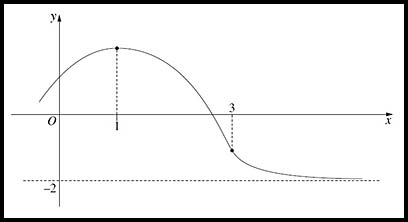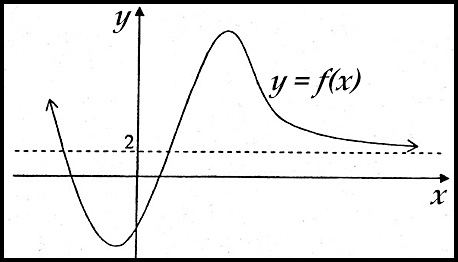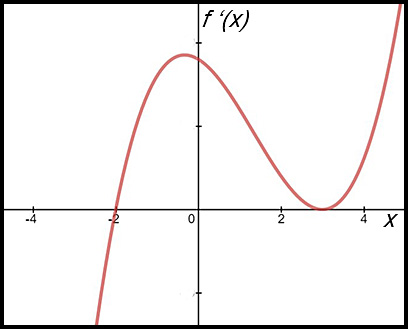Where the techniques of Maths
are explained in simple terms.
Calculus - Differentiation - drawing derivative curves.
Test Yourself 1.
- Algebra & Number
- Calculus
- Financial Maths
- Functions & Quadratics
- Geometry
- Measurement
- Networks & Graphs
- Probability & Statistics
- Trigonometry
- Maths & beyond
- Index
| Questions on this page require drawing derivative graphs: |
| 1. Given equations of any of the main types of functions. |
| 2. Given graphs of functions. |
| From given equations.
Draw the graph for each of the given functions in Q 1 - 21. Remember, you can use Desmos to help you when you know the function. If not sure how, check the Calculus list of Desmos videos. |
|
| Given a parabola. | 1. y = (x + 3)(x - 5) |
| 2. y = (1 - x)(x - 7) | |
3. (i) Differentiate
|
|
| Given a cubic. | 4. y = x(x - 2)(x + 4)
|
5. y = (x + 2)(1 - 2x)(x - 4)
|
|
6. y = x2(x - 3)
|
|
| Given a line | 7. Draw sketches of the line y = 3x - 6 and of its derivative. Comment on the two graphs. |
| 8. Sketch both y = -2x + 1 and 2y = x + 4 and then sketch the derivative graphs for each line. What do you notice about the two given lines? |
|
9. y = -5.
|
|
| Given a hyperbola. | 10.  |
11.  |
|
12.
|
|
| Given an absolute value. | 13. f(x) = |2x|. What is the gradient at x = 0? |
14. f(x) = |x - 3| What is the gradient at x = 3? |
|
| 15. y = 1 - |x + 2| | |
| Given a trig function. | 16. y = sin x for x: [-180°, 180°]. |
| 17. y = 2sin x + 1 for x: [-180°, 180°]. | |
18. (i) Draw y = cos x for x: [0°, 360°].
|
|
| Mixed functions (piecewise). | 19. y = -2 - x with x: (- ∞, -2]
|
20. y = x + 1 for x: (-∞ , 0]
|
|
| 21. | |
From given graphs. |
|
| Given a graph | 22. The graph of y = f(x) is shown below.
|
23. 
|
|
24. 
|
|
| 25. | |
| Drawing a second derivative curve. | 26. The following diagram shows the graph of a derivative function f '(x) for the domain [-2.5, 4]. Assume f (0) = 0.
|
| 27. (i) Draw an approximate sketch of the function
y = x2 - 4x + 5.
|
|
| 28. Given the function y = x(x - 2)(3 - x), draw curves for the first three derivatives of the function. | |


